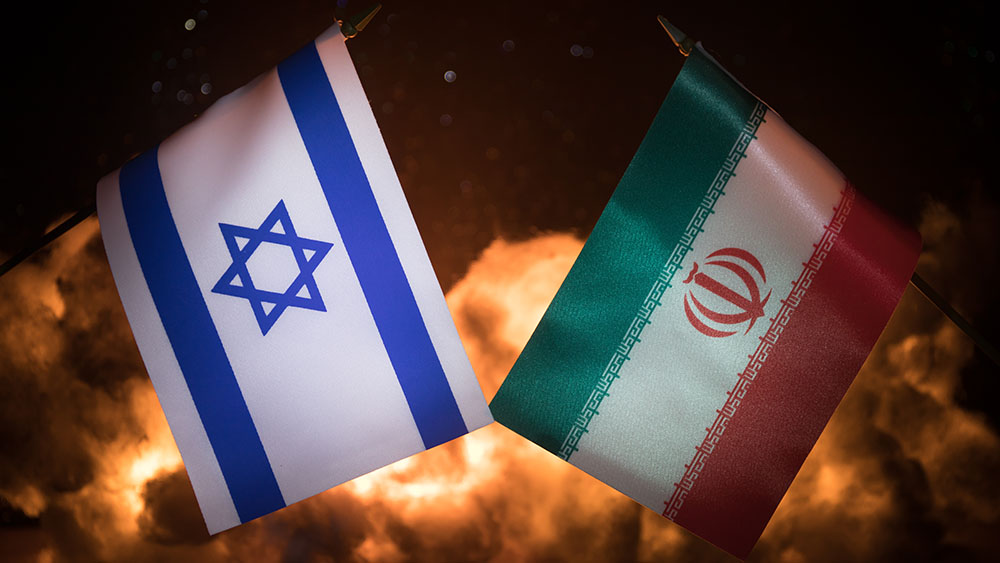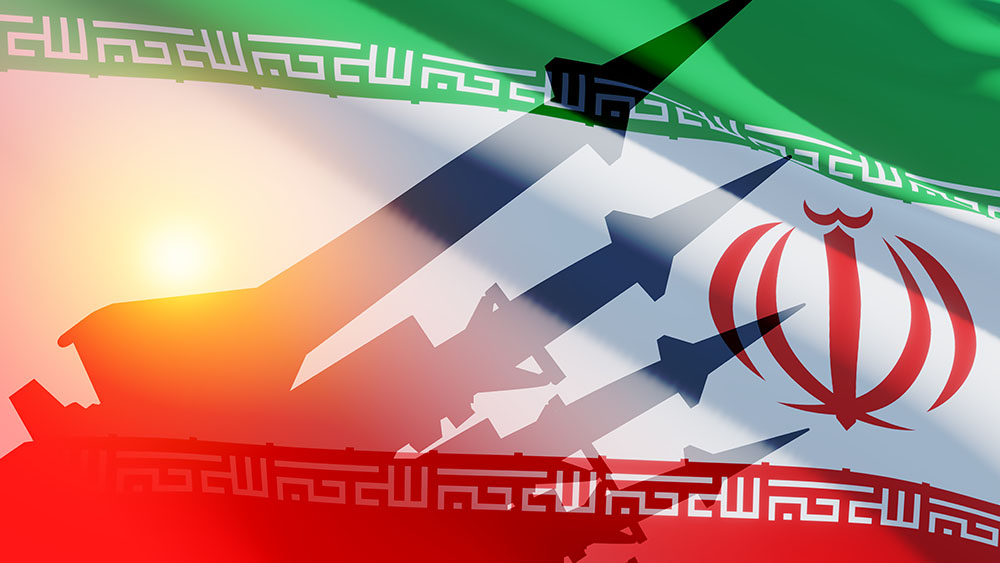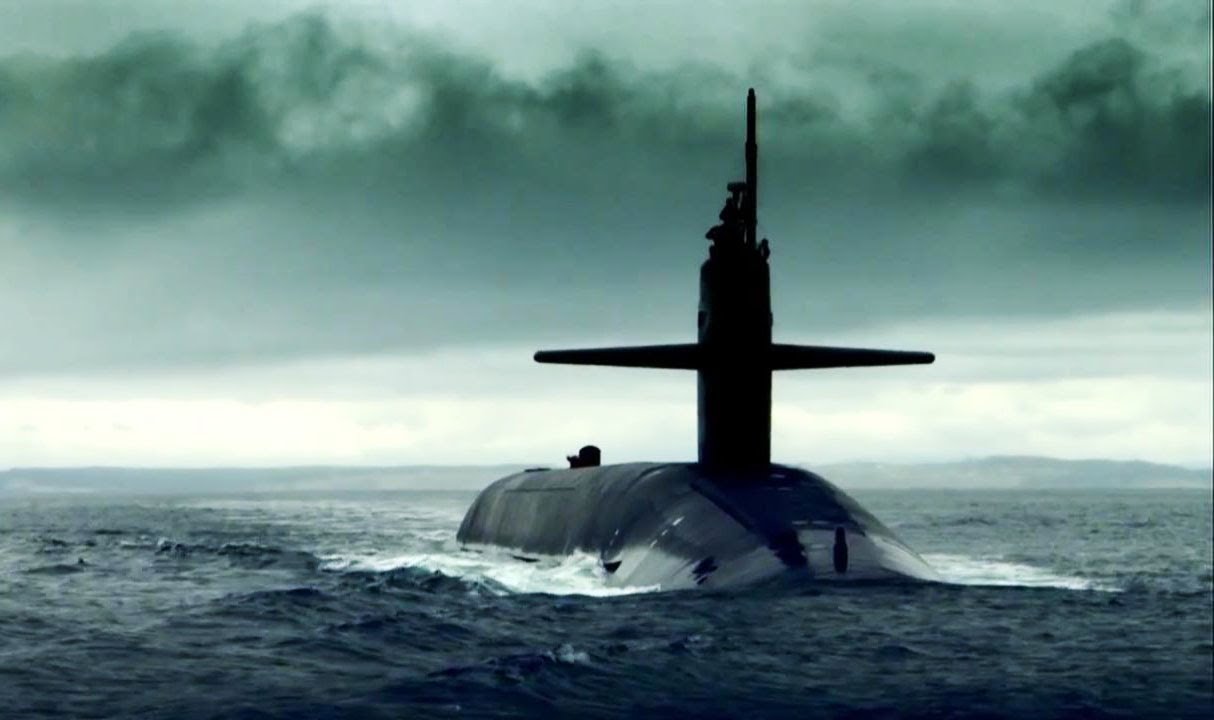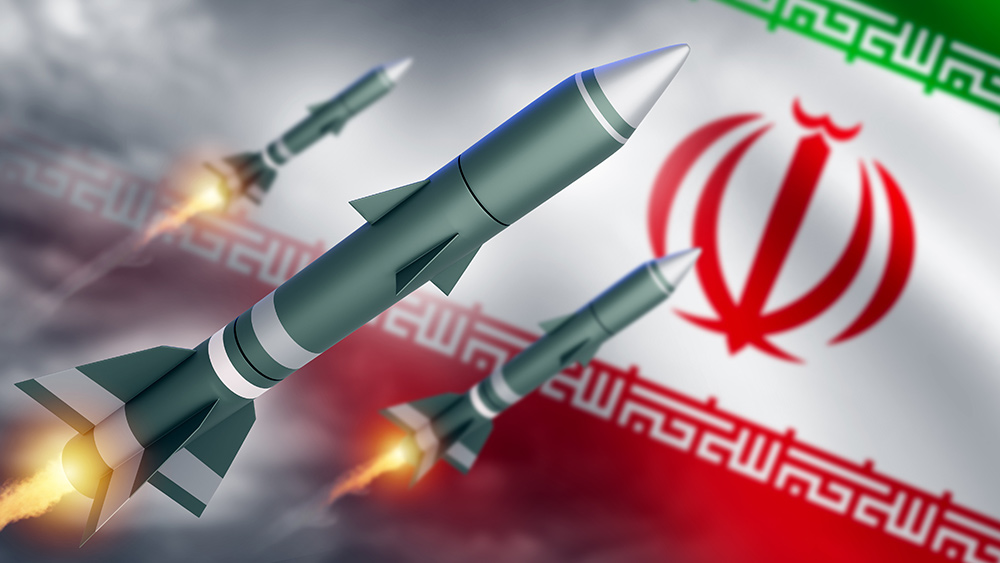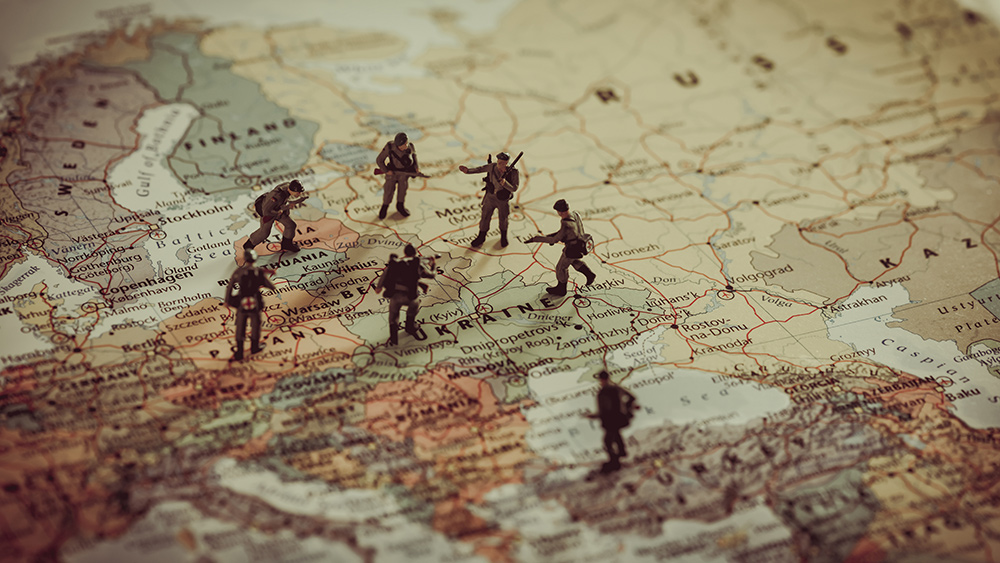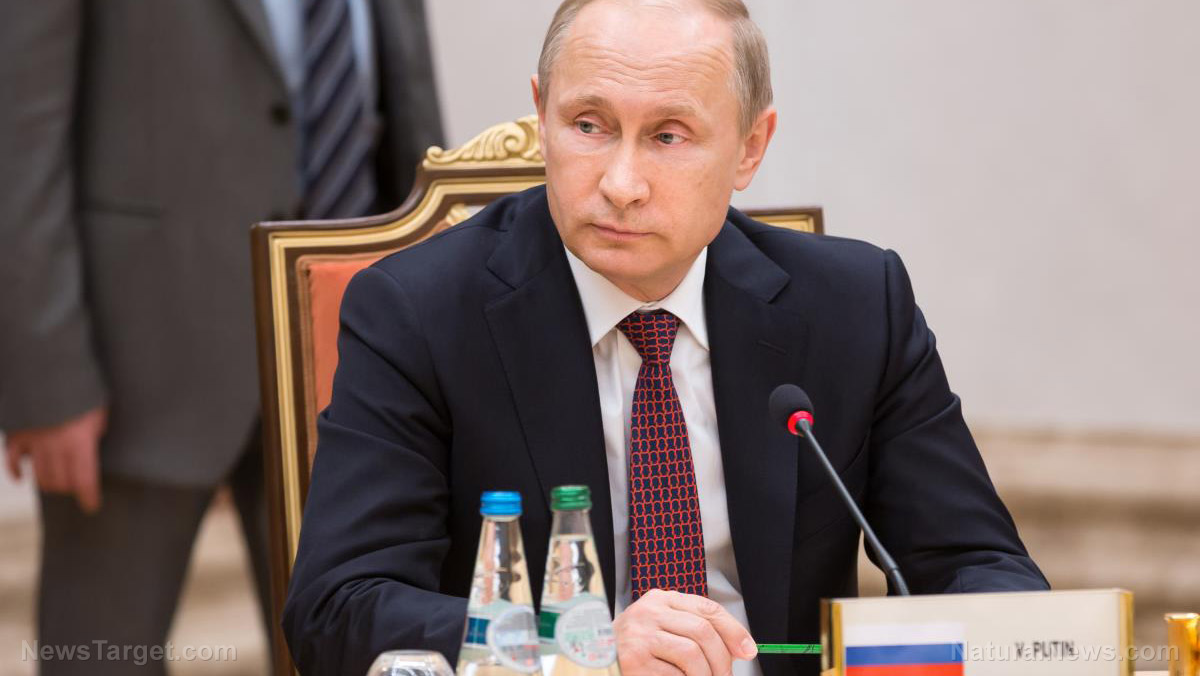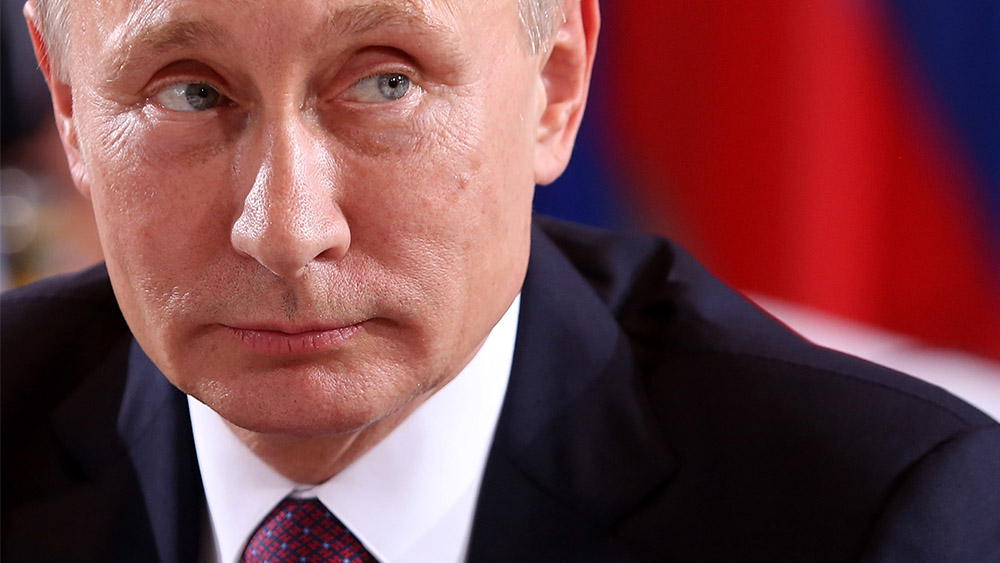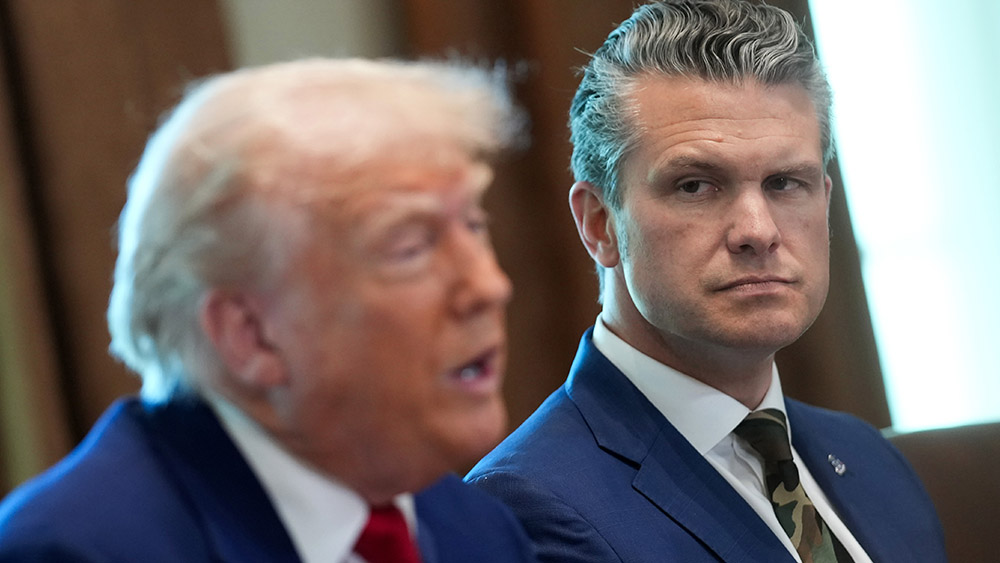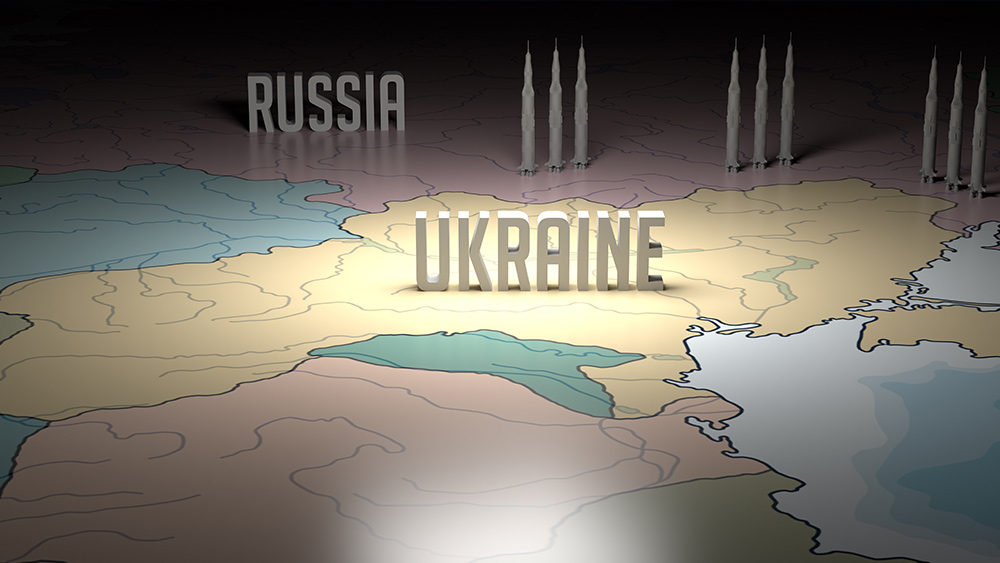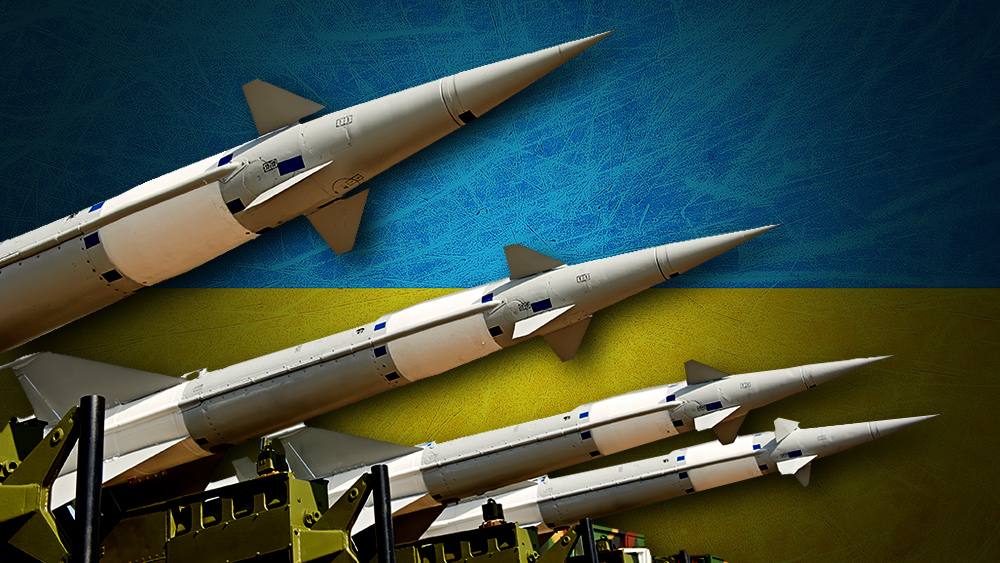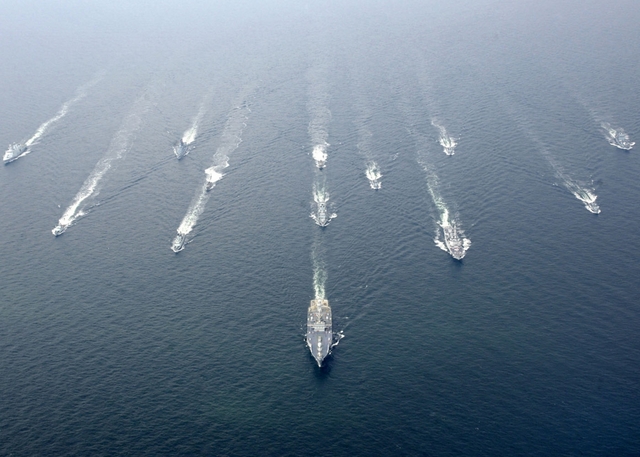China sends two aircraft carriers to the Pacific, signaling growing naval ambitions
06/13/2025 / By Belle Carter
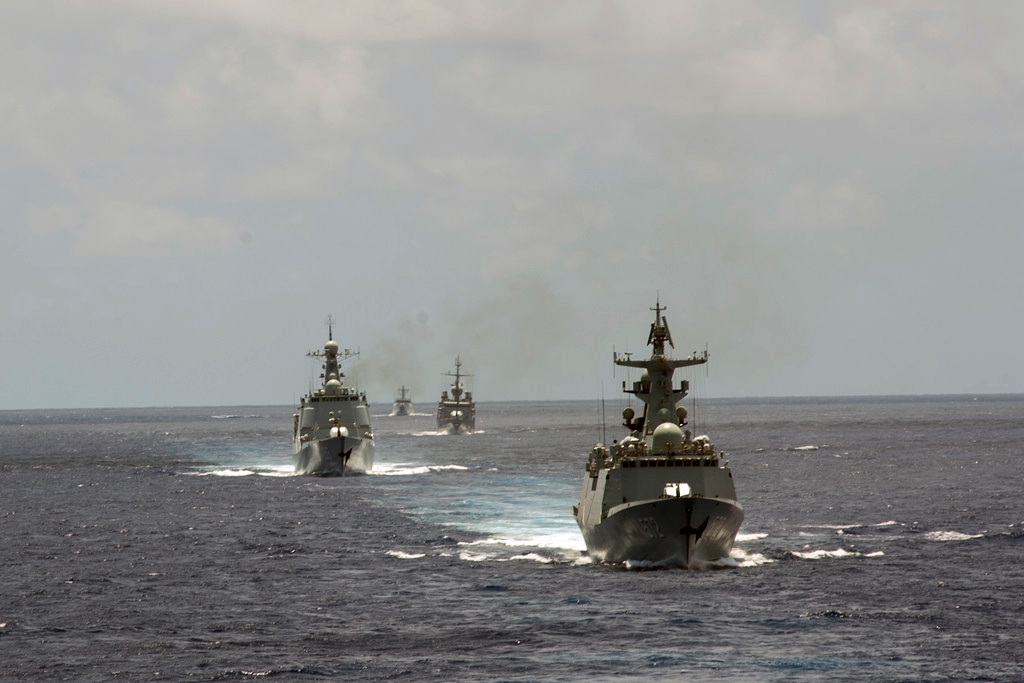
- On June 7, the Chinese Navy conducted exercises with its two active-duty aircraft carriers, the Liaoning and the Shandong, in the Pacific Ocean east of Iwo Jima, marking the first time both carriers operated together beyond the First Island Chain.
- The exercise demonstrated China’s expanding naval capabilities and its ambition to challenge the existing power dynamics in the western Pacific, with ongoing construction of additional carriers like the Fujian.
- The U.S., with its 11 active nuclear-powered carriers, views China’s naval expansion as a potential threat, particularly regarding Taiwan, and is concerned about the implications for regional stability and American interests.
- Japan, a key U.S. ally, is responding to China’s buildup by developing its own carrier program, while NATO is increasing its presence in the Western Pacific, reflecting broader concerns about China’s military ambitions.
- The deployment of Chinese carriers complicates U.S. efforts to support Taiwan and signals a new era of naval competition in East Asia, underscoring the need for public awareness and strategic vigilance in the region.
On June 7, the Chinese Navy conducted exercises involving its two active-duty aircraft carriers, the Liaoning and the Shandong, in the Pacific Ocean to the east of Iwo Jima, approximately 750 miles south of Tokyo.
Japan’s Defense Minister Gen Nakatani, confirmed that the Japanese Navy monitored the exercises, which included jet fighters launching and landing operations. This marked the first time China’s two carriers had operated together beyond the First Island Chain, a natural barrier that Beijing seeks to overcome to extend its naval reach.
The deployment is a clear demonstration of China’s growing naval prowess and its intent to challenge the status quo in the western Pacific. (Related: US-China tensions explode as US Defense Secretary Pete Hegseth warns of ‘imminent’ war.)
China’s naval expansion is not occurring in a vacuum. The United States currently operates 11 active nuclear-powered aircraft carriers, with a global reach that has long been unchallenged. However, China’s recent efforts to bolster its navy, including the construction of a third carrier, the Fujian and a fourth carrier currently under construction, signal a shift in the regional balance of power.
The Fujian, which is undergoing sea trials, represents a significant advancement in China’s carrier program, potentially narrowing the technological gap with the U.S. Navy. This rapid expansion has not gone unnoticed by the United States and its allies, who are increasingly concerned about China’s intentions, particularly regarding Taiwan.
The U.S. has pledged to defend Taiwan, and the presence of Chinese carriers in the Pacific raises the stakes in any potential conflict. The ability of Chinese carriers to operate beyond the First Island Chain means they could challenge U.S. forces deploying from Hawaii, the West Coast or Guam, complicating American efforts to support Taiwan in a crisis.
Regional and global responses
Japan, a key U.S. ally, has responded to China’s naval buildup by initiating its own carrier program. Japan is constructing its first small aircraft carriers since World War II, capable of carrying U.S.-made F-35B stealth fighters. This move reflects Tokyo’s growing concern over Beijing’s military ambitions and its desire to enhance its own defensive capabilities.
The involvement of other Western powers in the Pacific further complicates the situation. NATO, traditionally focused on the North Atlantic and Europe, is now expanding its presence in the Western Pacific. Last August, Bloomberg reported that NATO is sending warships to more locations in the region, a move that China views as a potential threat to its security.
The deployment of the Italian aircraft carrier Cavour to the Pacific, accompanied by an Italian frigate, and their joint exercises with the USS Abraham Lincoln near Guam exemplify the growing interest of European nations in the Pacific theater. This development has raised eyebrows in Beijing, which is wary of NATO’s expanding influence in its backyard.
The deployment of Chinese aircraft carriers into the Pacific marks a significant milestone in the evolving naval landscape of East Asia. As China continues to modernize and expand its navy, the region is witnessing the emergence of a new era of competition. The United States and its allies must navigate this changing environment carefully, balancing the need to maintain regional stability with the realities of a more assertive China.
The question of whether most Americans can locate Taiwan on a map may seem trivial, but it underscores a broader issue: the need for greater public awareness and understanding of the strategic importance of the Pacific region. As the world’s supply of semiconductors and other critical resources hangs in the balance, the stakes are high and the world is watching.
Watch the video below that talks about China criticizing U.S. for inciting tensions following Hegseth’s warning to allies.
This video is from the NewsClips channel on Brighteon.com.
More related stories:
China’s rare earth move threatens U.S. military and tech dominance.
A communist billionaire’s land grab shakes military security.
U.S. military presence in Taiwan far larger than previously disclosed, retired admiral reveals.
Sources include:
Submit a correction >>
Tagged Under:
big government, chaos, China, dangerous, Liaoning, military tech, national security, NATO, Pacific region, panic, regional power, Shandong, Taiwan, weapons technology, WWIII
This article may contain statements that reflect the opinion of the author
RECENT NEWS & ARTICLES
COPYRIGHT © 2018 MILITARYTECHNOLOGY.NEWS
All content posted on this site is protected under Free Speech. MilitaryTechnology.news is not responsible for content written by contributing authors. The information on this site is provided for educational and entertainment purposes only. It is not intended as a substitute for professional advice of any kind. MilitaryTechnology.news assumes no responsibility for the use or misuse of this material. All trademarks, registered trademarks and service marks mentioned on this site are the property of their respective owners.

